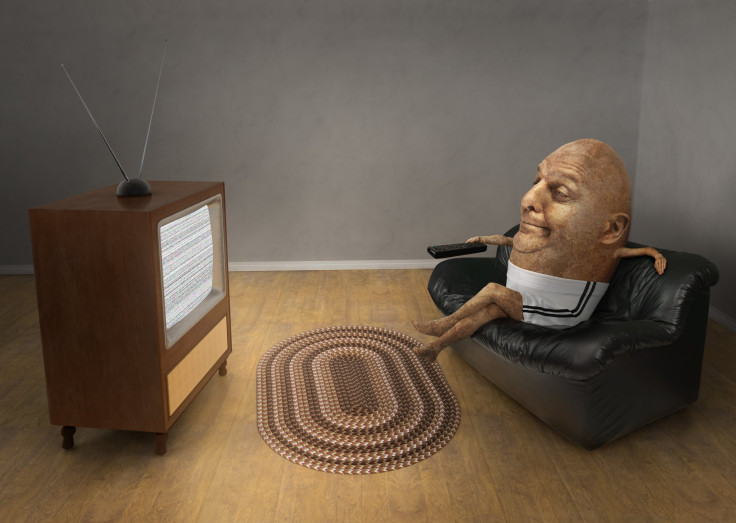More Americans Lived A Sedentary Lifestyle In 2014; Number Of Physically Active Hits Lowest In 6 Years

Millions of kids, teens, and adults are joining the couch potatoes of the country and living sedentary lifestyles. Fewer kids are playing outdoors, fewer teens are signing up for team sports, and fewer adults are keeping up with their daily fitness regimens. In the last 12 months, there has been a slight increase in the amount of inactive Americans, according to the Physical Activity Council’s recently released 2015 Participation Report.
"The high rate of inactivity is fundamentally alarming," said Tom Cove, PAC Chairman and the president and CEO of the Sports and Fitness Industry Association (SFIA), according to the NY Daily News. "While we can look at this number in a negative light, I would like to use it as a wake-up call to not only our industry but the rest of society."
Researchers interviewed 10,778 individuals and households nationwide in order to assess their level of exercise, type of activity, and frequency. After calculating averages based on gender, age, income, household size, region, and population density, they figured out how it would translate to the entire country. Out of the 292 million Americans aged 6 years and older, 83 million are living a sedentary lifestyle. Since 2009, an additional 7.9 million Americans have climbed onto the couch and left their sneakers by the wayside.
The biggest age group that was guilty of inactivity was, unsurprisingly, those who are aged 65 and older. Nevertheless, there was an improvement since 2011’s inactive slump. People aged 25 to 34 and 45 to 64, however, were the most likely to turn to an inactive lifestyle.
A lack of physical activity increases the risk for high blood pressure, cardiovascular disease, certain cancers, and obesity, while also putting a person at risk of anxiety and depression, according to Johns Hopkins Medicine. Out of everyone, women and older individuals should commit the most to getting off the couch and improving their health — inactivity increases with age and women are also more likely to live a sedentary life. Daily exercise helps decrease the risk of these health problems. Sticking to an exercise routine for 30 minutes a day can improve a person’s chances of increasing not only their quality of life but also their longevity.
"The benefits of increasing activity are well documented for individuals and for the country," Cove said. "It's time we put our time and resources into industry initiatives and national campaigns to increase physical activity. It's clear many sedentary people want to have a more active, healthy lifestyle. We need to recommit ourselves to cracking the code in making this happen.”



























